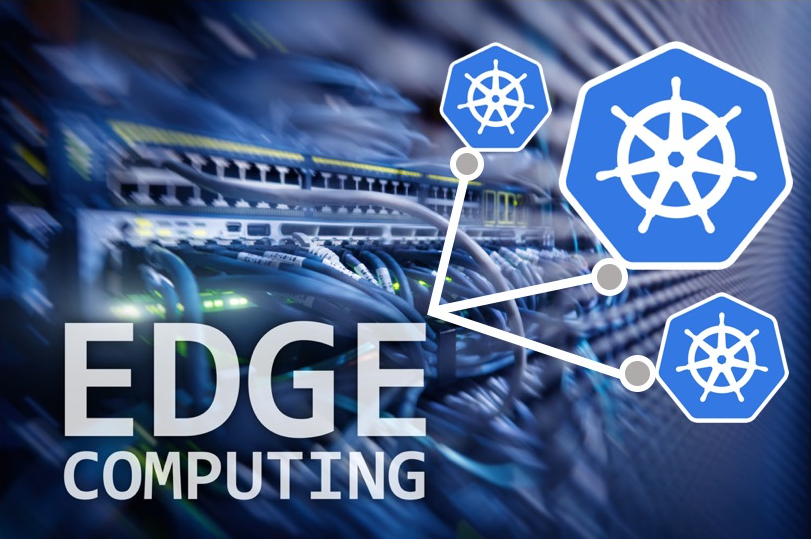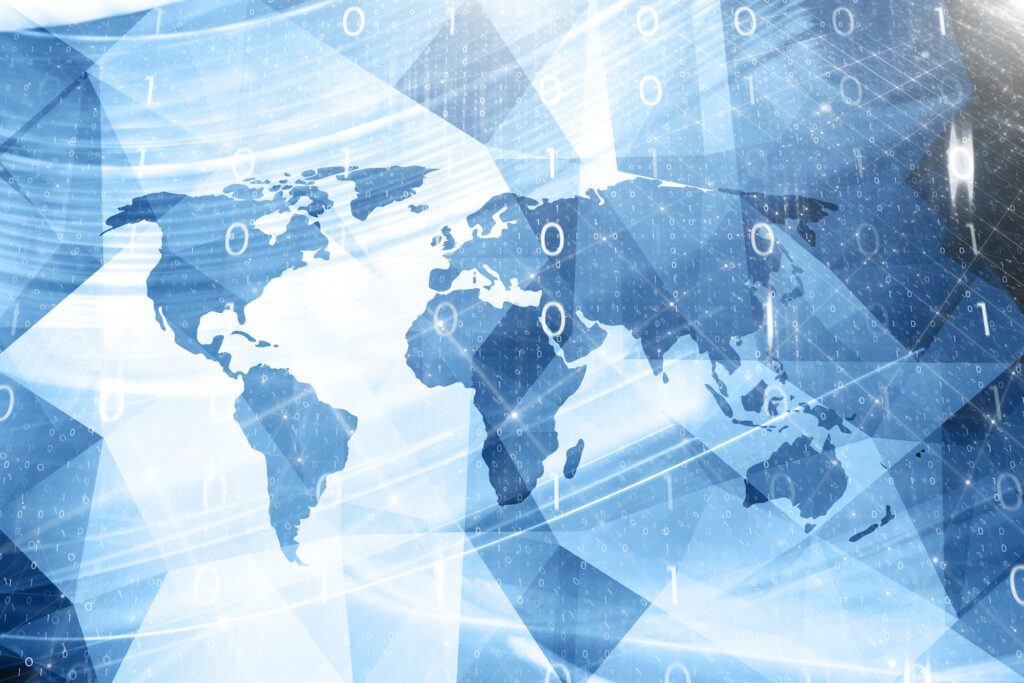In the world of retail, all real-world activities like shopping, billing, inventory management, and logistics happen at different locations while the data analytics that drives all these activities is performed in a centralized data center or a public cloud location. This divide will soon be a thing of the past as edge computing pushes data analytics to happen in real-time and right where each of these activities take place.
Edge computing is about moving compute, storage, and networking capabilities away from a centralized cloud location to an ‘edge’ location that is used by a customer or an employee. In this post we look at how edge analytics is revolutionizing retail experiences for customers and enabling numerous benefits for retailers. We also dive into the technical aspects behind these solutions.
Deliver a Cashless Shopping Experience
Cashless kiosks are the way to the future for retail. Let’s look at some prominent examples of this below.
Amazon Go
A while back, Amazon Go made headlines for being the first cashless or cashier-less retail store. Bolstered with numerous cameras, RFID tags, smart kiosks, and a mobile app, the store is powered by technology, end-to-end.
What Amazon pioneered is the way of the future. Other retailers are making advances in this direction. What is clear is that it will take technology such as edge computing to deliver retail experiences of tomorrow. Also, this technology should be leveraged not just by Amazon or Walmart, but by every retailer looking to stay relevant.
Talk to Tesco
Tesco has taken an alternate route by enabling a voice-activated shopping experience using Amazon Alexa and Google Assistant. Customers can simply tell their assistant to ‘buy more eggs’ and Tesco receives the order, which they deliver to the customer. This experience involves integrations with third-party applications.
These technology-powered self-service retail experiences enable retailers to serve more customers in less time and expend lesser employee time. They allow associates to concentrate on handling one-to-one customer service requests rather than manual tasks that can be done better using technology.
The importance of edge devices
To make cashless kiosks possible, there is a wide range of hardware devices at work. They could be as simple as an RFID sensor that identifies a product on a shelf, or as complex as a computer that is the kiosk itself. Simple hardware-like sensors need to be controlled by smart applications; while complex devices like kiosks need to be managed as mini data centers, complete with their own networking, storage, and compute.
Demand Forecasting Powered by Machine Learning
Inventory management is key to any retailer’s success. Having too little inventory risks products being unavailable and is bad for customer experience, while having too much inventory risks products getting damaged or unusable, resulting in waste for the retailer. For this reason, the ability to forecast demand for products, and predict customer behavior, is essential to being successful in retail.
Fine-grained demand forecasting
To this end, retailers are always looking for ways to get better at demand forecasting. In the past, retailers would predict demand for broad product categories at a market-wide level. Today, retailers are looking for ways to predict demand for a specific product in a local region over the next few weeks. This means having a better dataset to analyze, more powerful tools to drive better analysis, and the ability to apply the analysis to the real world.
By making demand forecasting more accurate and fine-grained, retailers can drive efficiency in their supply chain. According to McKinsey, a mere 10 to 20% improvement in retail supply chain forecasting results in a 5% reduction in inventory costs and a 2 – 3% increase in revenues. This is a big opportunity to improve a retailer’s bottom line, without any extra effort.
Open source data processing at the edge
Open source plays a key role in enabling smarter retail experiences. With the large volumes of data that need to be analyzed in real-time, tools like Apache Spark have emerged as a good option for performing data analysis in parallel. Further, vendor-neutral platforms like EdgeX Foundry, are helping unify efforts around edge computing.
By leveraging open-source tools, retailers can be assured of no vendor lock-in. Not only this, open source allows retailers to augment rather than replace their existing tools that they’ve invested in over many years.
Personalize the Shopping Experience with Data
Edge analytics doesn’t just drive efficiency, but also enables new opportunities for revenue.
Customized recommendations & promotions
Product recommendations are a staple of ecommerce, but are not as popular in offline retail stores. Edge analytics can allow retailers to use analytics to recommend products to shoppers via a mobile app or an in-store interactive display.
Similarly, retailers could use this data to pitch customized offers that nudge customers to buy more; and importantly, to deliver these offers right when customers are in the store.
Walmart’s retail graph
Walmart, for example, has built a retail graph that connects products & entities. Entities could be as abstract as ‘kid-friendly’ or as concrete as ‘red color.’ By having a rich dataset of such connections, Walmart is better equipped to drive upsells along the customer journey.
Combine edge devices & the cloud for real-time analytics
Using the right hardware, and having powerful software frameworks is essential; but to be able to perform edge analytics, it takes the power of cloud-native computing. Edge devices need to be managed as mini data centers that are powerful enough to perform real-time analysis independent of a centralized cloud server. These devices need to be managed and maintained using a capable edge platform like Platform9. For those data-intensive tasks that need to be offloaded to the cloud, the edge/IoT platform should be able to handle the routing of tasks from edge to cloud and back.
Conclusion
Edge analytics holds a lot of promise for retail. However, cashing in on those promises takes a deliberate strategy when it comes to technology. By employing the right combination of edge hardware, relying on open-source standards, and leveraging the power of cloud-native computing, retailers can deliver delightful customer experiences of tomorrow.


